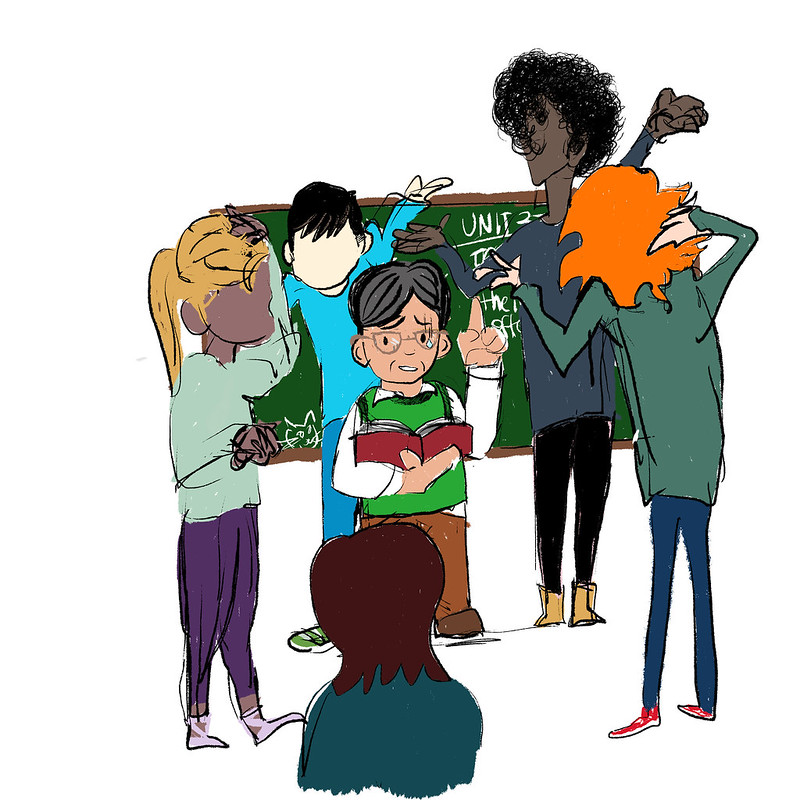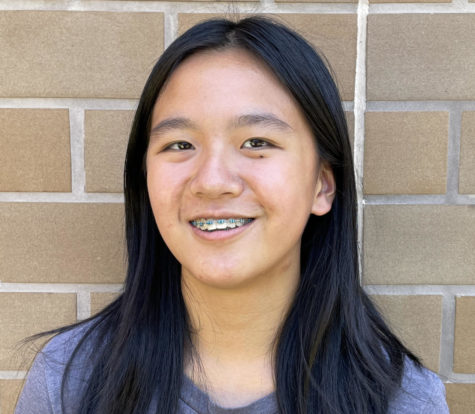Long-term substitute teachers hinder students’ learning
Long-term subs are often unaware of how to help their students with many of their assignments since they are inexperienced in the subject they are assigned to teach.
May 23, 2022
With many teachers being out of office for multiple weeks due to various reasons, including contracting COVID-19, going on maternity/paternity leave or other personal issues, their students have been left with long-term substitute teachers who are expected to teach the class until the original teacher returns. Although having a long-term sub is a better alternative to having a day-to-day sub, it still prevents students from learning to their full potential.
“My first several appointments [were] day-by-day ones, and then I was immediately thrown into a long-term sub position for [an AP World History teacher at Monte Vista] who had caught the Coronavirus,” Annelise Albert-Hall, a substitute teacher in SRVUSD, explained. “Their students were really nervous about it.”
Apart from that role, Albert-Hall has also served as the long-term sub for two classes at DVHS – Mr. Kopp’s English 9 and Drama classes, and Mrs. Kerr’s Honors Chemistry and AP Seminar classes.
“The lack of consistency – it’s terrible, especially in honors and AP classes, [where students feel] like it’s already difficult enough without worrying about how the teacher is going to change from day to day,” Albert-Hall commented.
Having a long-term sub can be especially problematic when the sub does not have much knowledge in the subject that they are supposed to be teaching.
Neev Bid, a student in Mrs. Kerr’s Honors Chemistry class commented on how her learning has been affected with Albert-Hall as a long-term sub: “It’s affected [my] learning because [although] she’s really nice, she’s not an actual chemistry teacher, so I can’t go to her for help.”
“My background is more in English and Drama, so I don’t know how to deal with a lot of specific chemistry questions,” Albert-Hall admitted. “I have to get help from the science department as a whole. It’s a little difficult.”
Albert-Hall furthers that when she first started subbing for Mrs. Kerr’s AP Seminar class, she didn’t even know what AP Seminar was.
Consequently, long-term subs are often not given the same respect from students and other staff as regular teachers.
“I was in a difficult spot [since] I did not have the same respect and gravity as a regular teacher, but I was [still] doing everything [they do],” Noah Kopp, a teacher at DVHS who previously worked as a long-term sub for a 6th grade English and History class in San Francisco, said.
This difference in the way that long-term subs are treated when compared to regular teachers makes their job even harder.
“It was definitely a challenge to keep things structured and accountable [when] it [was] not my classroom and my kids that I started with,” Kopp explained. “I found it difficult sometimes to collaborate with colleagues. Even though they didn’t say it out loud, [they were] kind of, like, ‘I don’t want to worry about doing [things] for him because he’s not gonna be here next year.’”
Long-term subs are given access to students’ grades, but since they usually do not have a background in the subject, they are often unsure of how to grade the work.
“She has access to our grades, but we mostly all get good grades as long as we put down something that looks like chemistry,” Bid explained.
Whether or not it was planned for the original teacher to be gone also affects the extent to which students struggle with a long-term sub.
“A couple [of the teachers I filled in for were] on maternity leave, [one was] on paternity leave. Their students were noticeably pretty chilled out when I showed up because they knew what was coming,” Albert-Hall recalled. “When you walk in and you have to announce [to] the students [that their] teacher is going to be gone for a while, possibly with the Coronavirus, it’s a pretty different [situation].”
When it is known beforehand that the teacher will be gone for a while, the students are usually provided with resources to use during that time so that they don’t fall too far behind.
For example, Kerr had been planning to go on maternity leave for multiple months before she actually had to leave.
“A few weeks before her due date, [Mrs. Kerr] already had uploaded resources and videos [for us to use],” Bid said.
However, despite the problems with long-term subs, the alternative of having day-to-day subs seems to be worse.
“I think it’s much easier for the students to have a long-term sub rather than [a] day to day [sub]. At least with me, I’m trying to stay as consistent as I can with grading and keeping them informed. I get access to Schoology and grading as opposed to the [day-to-day subs who] don’t really do that,” Albert-Hall said.
Bid corroborated, “It’s definitely better because [a long-term] sub doesn’t need to take a really long time to do attendance, and they already know the situation of the class.”
Many students with long-term subs have adapted to their new situation and discovered strategies to continue learning even without the guidance of a teacher.
“Now, we have more time to collaborate with our friends,” Bid explained. “If [one] person knows one concept well, they can help teach other people who don’t [understand] that [concept].”
Despite the benefits that can come with long-term subs, Kopp reaffirmed, “[With] my experience on both sides, [as a long term sub and now a regular teacher who had a long-term sub fill in for me], I think students just do not learn as much with a long-term sub because [the sub is] not as connected [with the rest of the school]. [Subs] are not able to do the bulk of what [should be happening].”




